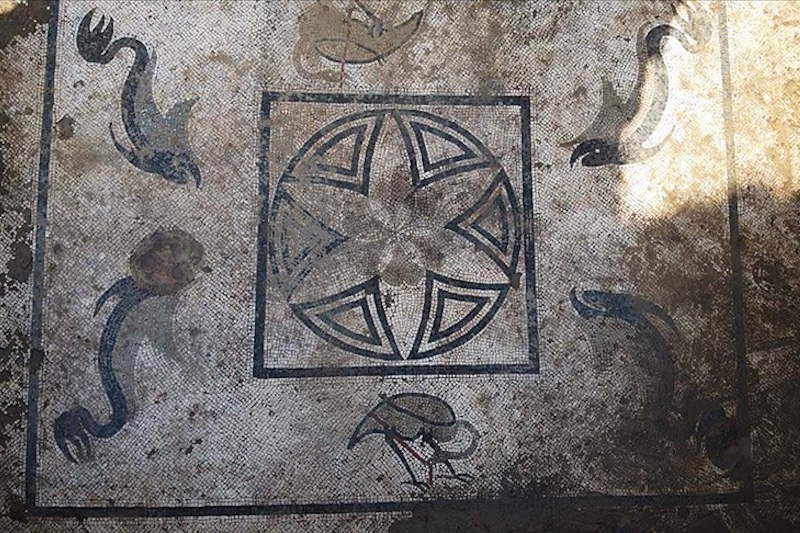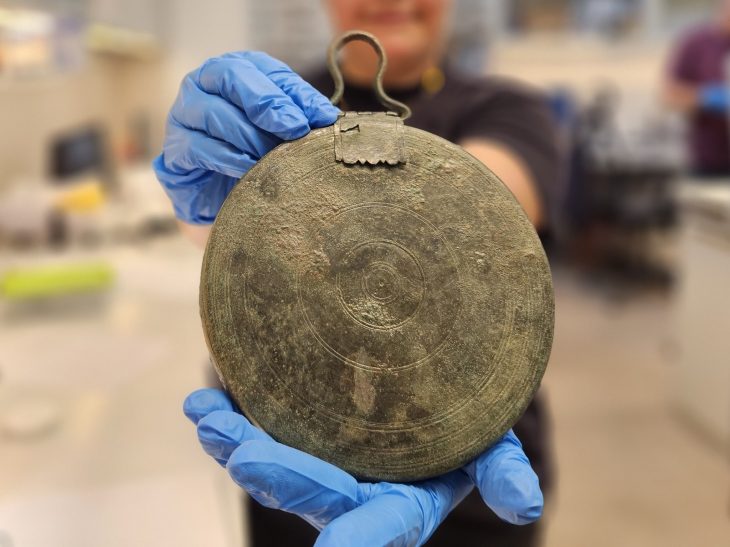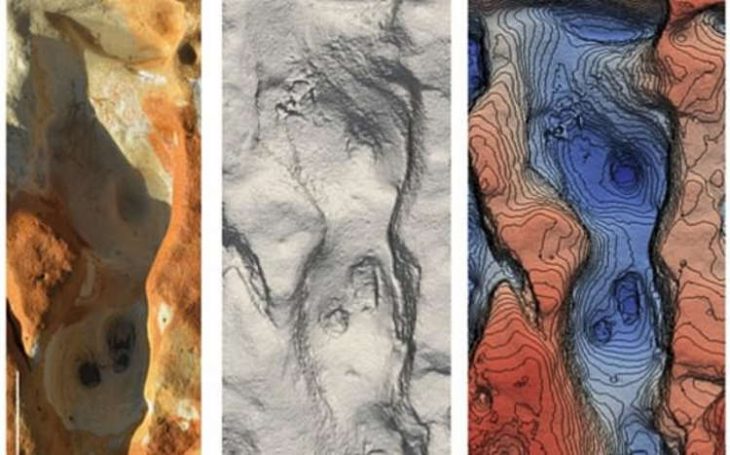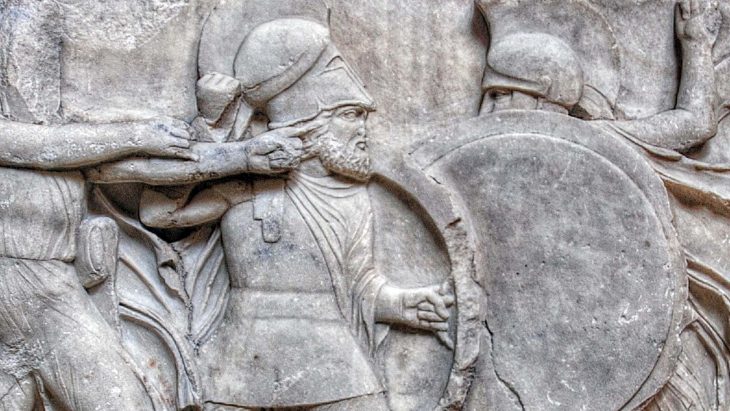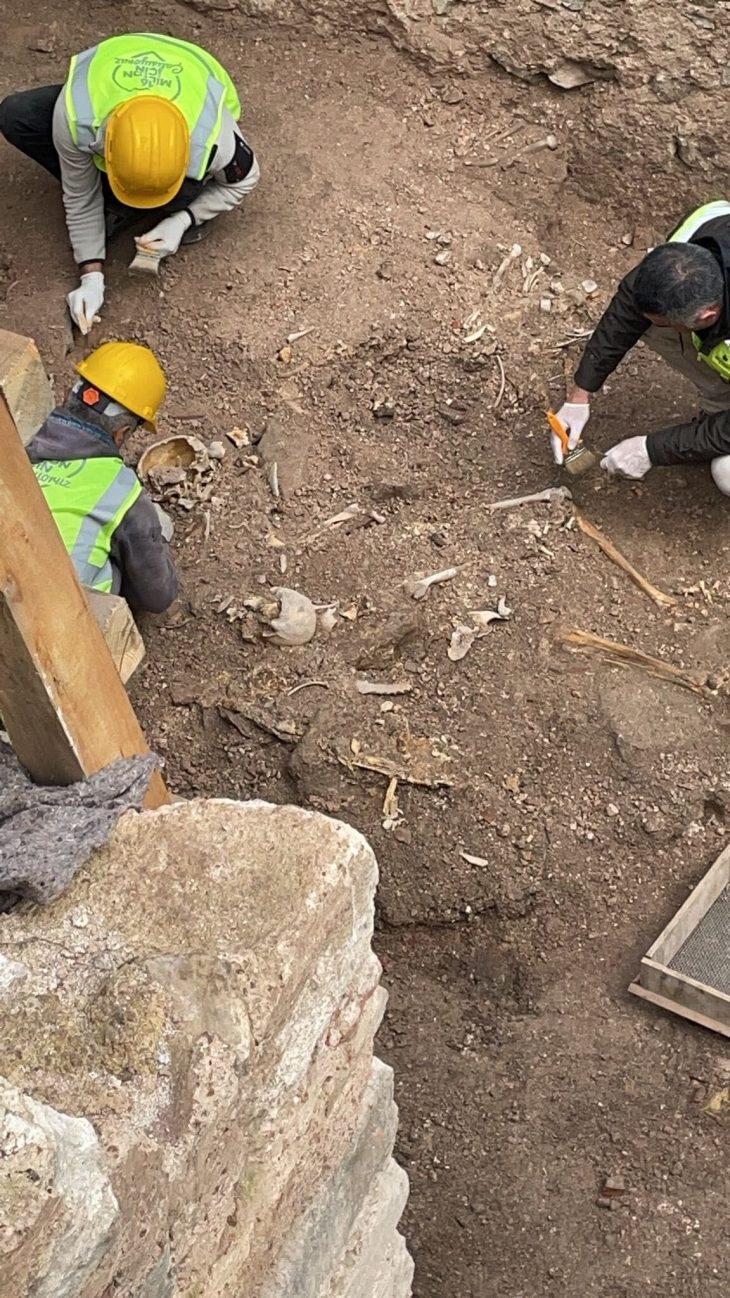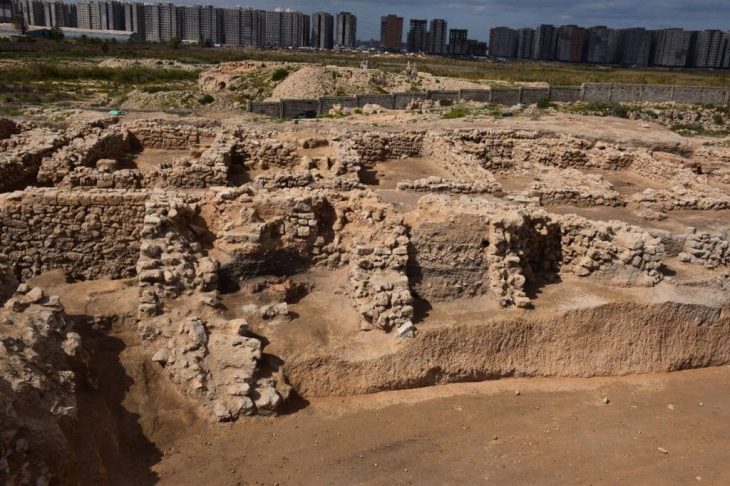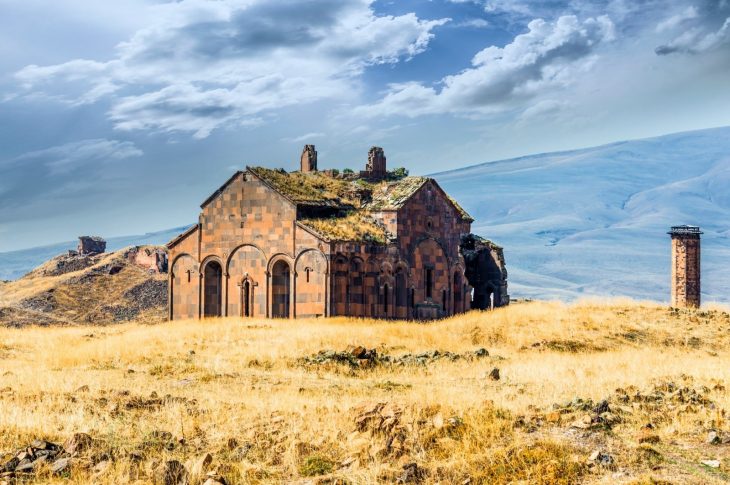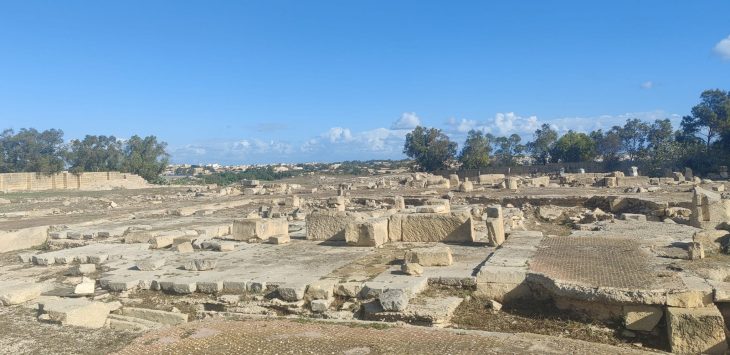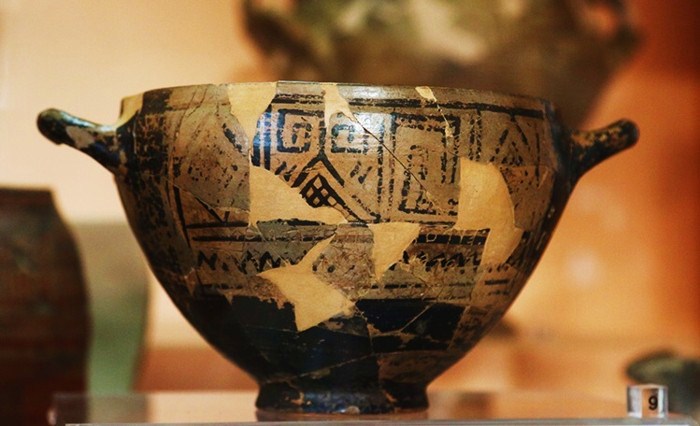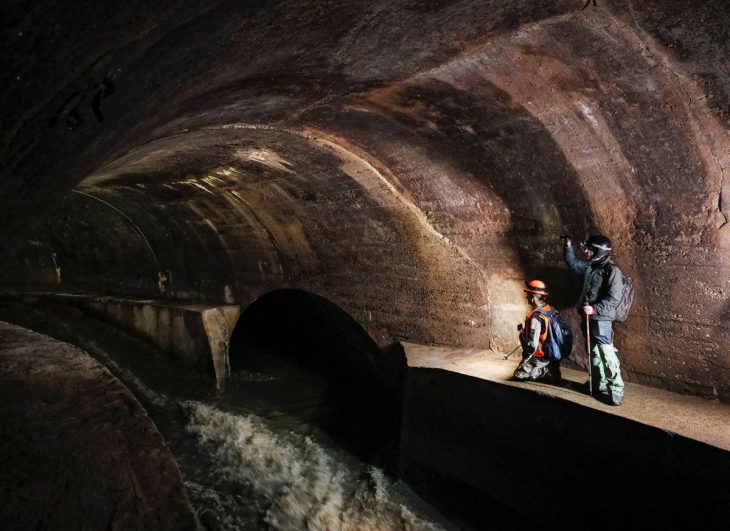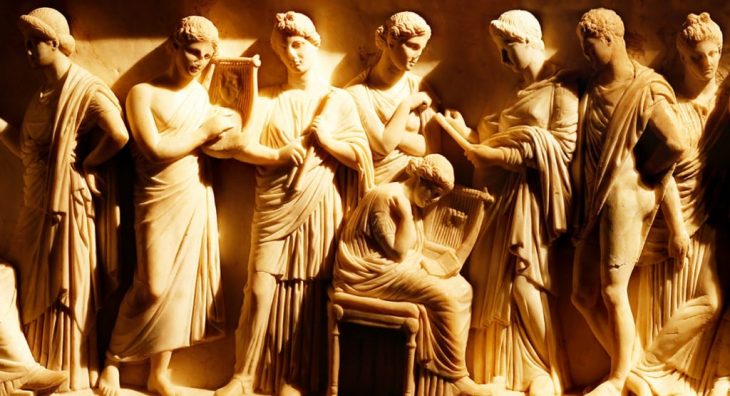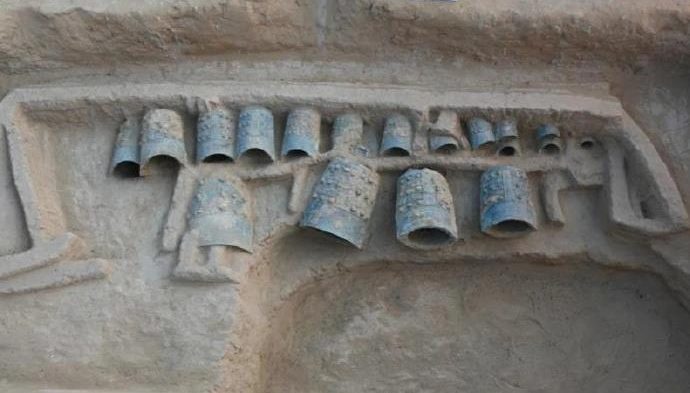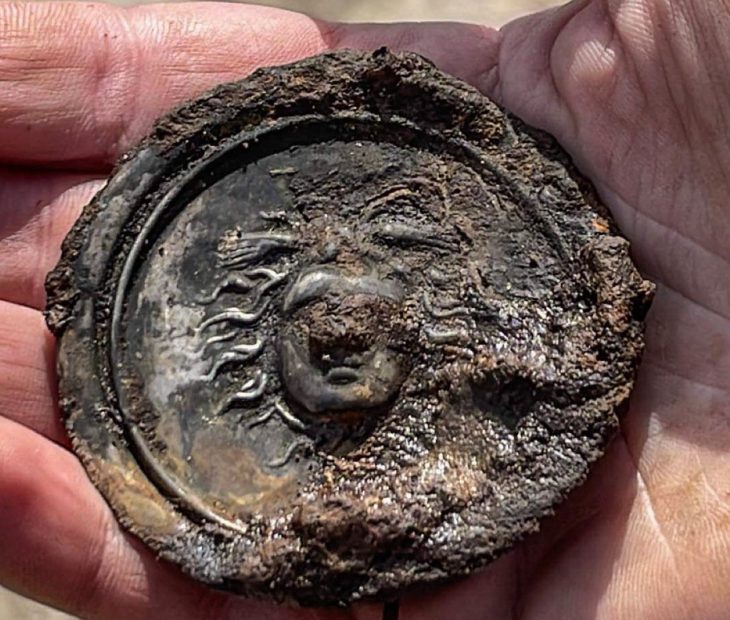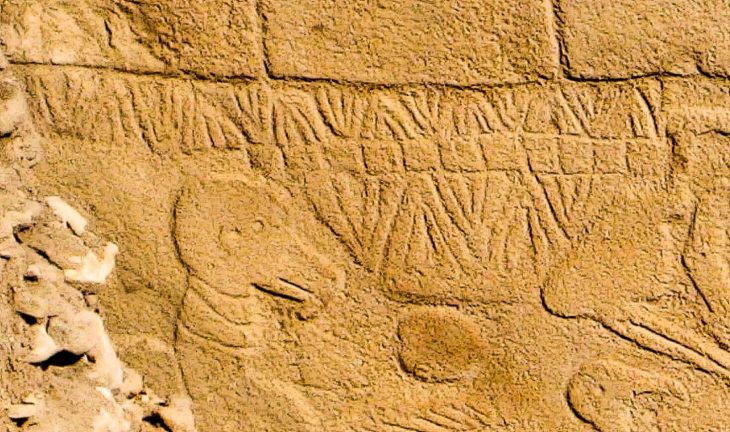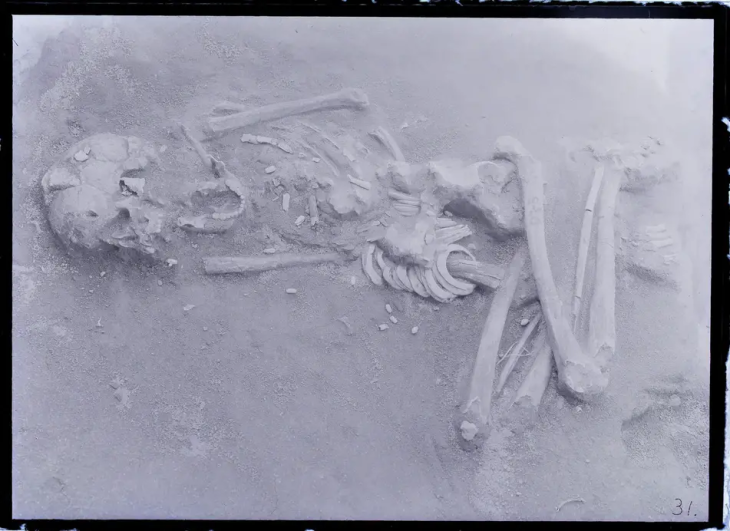Archaeological excavations in the ancient city of Herakleia in Muğla’s Milas district in western Türkiye unearthed a striking discovery from the Roman period. Mosaics with detailed depictions of animals such as crocodiles, dolphins, flamingos, and eels were found on the floor of the ancient Roman bath, which the villagers once used as a stable.
The excavations in the ancient city of Herakleia are being carried out under the direction of Prof. Dr. Zeliha Gider Büyüközer, Professor of Archaeology at Selçuk University, within the scope of the “Heritage for the Future Project” of the Ministry of Culture and Tourism’s.
Professor Zeliha Gider Buyukozer, head of the Latmos and Heraclea excavations shared about the excavation.
“The Roman-era bath is the best-preserved structure in the area. We excavated over 2 meters of fill and opened the bath spaces, identifying their functions and stages of use. This has provided critical archaeological data,” she said.
Among the mosaics unearthed in the frigidarium (cold room) of the baths, one of the most striking details was the design depicting six crocodiles looking at each other. Many conjectured that the area may have once been home to crocodiles. But since crocodiles are not indigenous to this region, it is likely that the mosaic artist, who had experienced crocodiles firsthand, meticulously and meticulously depicted them.
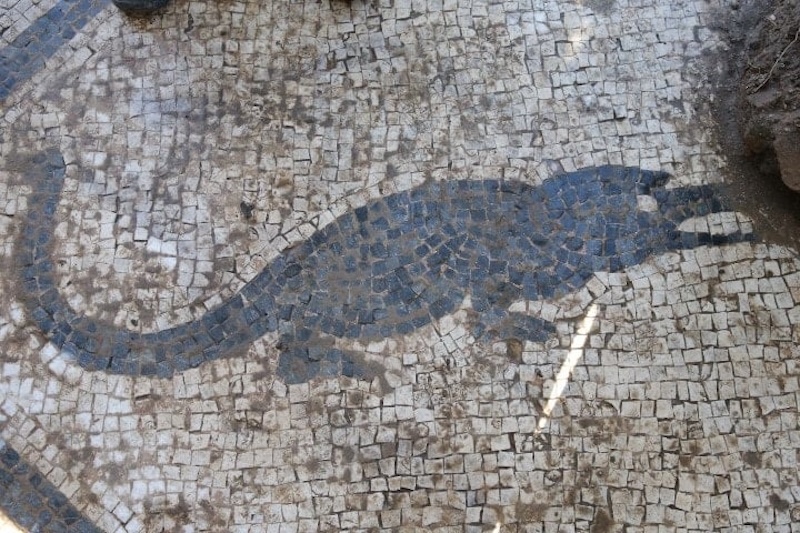
“This suggests that the artist may have been a traveling craftsman, possibly having worked in regions where crocodiles once lived,” Büyüközer speculated.
In the tepidarium (warmth) section of the bath, flamingos were found between four dolphin figures placed in the corners and eel figures carved with red stones in the mouths of the flamingos.
Buyukozer explained the connection to the local environment: “The flamingos are birds still found in this region today. The artist depicted animals he observed in this geography, making the mosaic a reflection of the local environment.”
The meticulous rock-based bath construction contributed to the mosaics’ exceptional preservation, enabling these creative depictions of nature to endure for centuries.
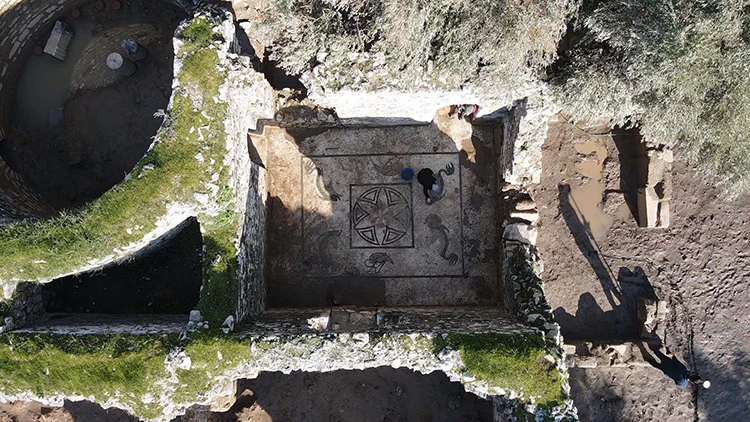
The Roman bath was used for various purposes by local villagers over the years. Buyukozer noted: “At one point, the bath was used as a barn. The current owners told us they had tied their animals here. The area next to the bath is still being used as a barn.”
The discovery of the mosaics has sparked great interest among the locals, many of whom never imagined that the area held such treasures.
Turcen Aydin, a 68-year-old resident of the Kapikiri neighborhood described his reaction to the discovery.
I tied my animals here for years to protect them from the rain and cold. When I saw the mosaics and figures uncovered during the excavations, I was shocked. I never imagined something like this existed here. It turns out we have been living on top of history without knowing it.
Cover Image Credit: AA

